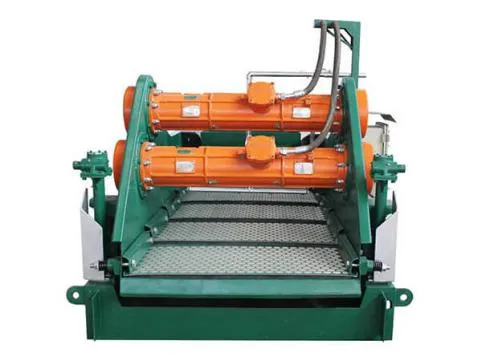- Industrial zone, South of Anping Town, Hengshui, Hebei, China.
- sales@hfpetromesh.com
- +86-18931809706
Durable Metal Sidewalk Grates for Enhanced Safety and Aesthetic Appeal in Urban Environments
The Role and Impact of Metal Sidewalk Grates in Urban Infrastructure
In the bustling landscape of urban design, every element contributes to the functionality and aesthetics of city life. Among the often-overlooked components are metal sidewalk grates, which serve vital purposes in public spaces. These grates, typically made from cast iron or steel, provide access to essential underground utilities while ensuring the safety and comfort of pedestrians above.
Functionality of Metal Sidewalk Grates
Metal sidewalk grates are primarily designed to cover openings in streets and sidewalks, allowing for ventilation and access to various subsurface systems such as sewers, drainage, and electrical conduits. This is particularly important in metropolitan areas where an intricate web of services needs to be efficiently managed. The incorporation of grates helps prevent accidents by covering these potentially hazardous openings, providing structural support for pedestrians.
Moreover, grates enable the smooth flow of rainwater and prevent flooding by allowing water to drain into the systems below. This is crucial for maintaining the integrity of urban infrastructure, particularly during heavy rainfall. By effectively channeling water, metal sidewalk grates play a significant role in reducing standing water, which can lead to pedestrian slip hazards and property damage.
Design and Aesthetic Appeal
Metal sidewalk grates are not just functional; they can also be designed to enhance the visual appeal of urban environments. Different cities often incorporate unique designs and patterns into their grates, making them an integral part of the city’s aesthetic. For example, some grates may feature artistic patterns or the city’s emblem, which can foster a sense of community pride and identity.
In addition to aesthetics, the durability and resilience of metal materials make them an ideal choice for grates. They resist corrosion, withstand heavy foot traffic, and can endure extreme weather conditions. This longevity not only reduces maintenance costs for city services but also minimizes the environmental impact associated with frequent replacements.
metal sidewalk grates

Safety Considerations
While metal sidewalk grates serve crucial functionalities, their design also raises safety concerns. If not implemented correctly, grates can pose risks to pedestrians, especially if they are not flush with the surrounding pavement. Ensuring that grates meet safety standards is essential to prevent tripping hazards and ensure that those with mobility challenges can navigate sidewalks easily.
Additionally, the design of grates can influence how they handle extreme weather conditions. Adequate drainage is essential in preventing water accumulation and ice formation, which can lead to accidents. Cities must conduct regular inspections and maintenance to ensure that grates remain safe and effective over time.
Environmental Considerations
As urban areas continue to grow, the demand for efficient drainage solutions increases. Metal sidewalk grates provide an environmentally friendly solution by facilitating the natural drainage of rainwater into the ground. Some cities are also exploring the incorporation of permeable materials or designs that enhance ecological functions, contributing to urban sustainability.
Conclusion
Metal sidewalk grates are an integral part of urban infrastructure that balances functionality, safety, and aesthetics. They serve not only to protect pedestrians from hazards associated with underground utilities but also play a role in effective drainage and environmental management. As cities evolve, the design and implementation of sidewalk grates will remain a crucial consideration for urban planners, ensuring that they meet the needs of modern urban environments while enhancing the quality of life for all citizens. Whether through robust design or artistic flair, metal sidewalk grates are key to creating safe and engaging urban spaces.
-
The Power of Pyramid Shaker Screen - A 3-Dimensional SolutionNewsOct.24,2024
-
Exploring the Versatility and Durability of Steel GratingNewsOct.24,2024
-
Revolutionizing Drilling Efficiency with Steel Frame Shaker Screens for Mud Shale ShakersNewsOct.24,2024
-
Potential of Shale Shaker ScreensNewsOct.24,2024
-
Offshore Pipeline Counterweight Welded Mesh - Reinforced Mesh in Marine EngineeringNewsOct.24,2024
-
Revolutionizing Offshore Pipeline Stability with Concrete Weight Coating MeshNewsOct.24,2024
